Do Warblers Migrate in Winter?
Migration is a challenging endeavor for all types of birds, including warblers. In the past, people link bird migration in winter with a lot of intriguing theories. For example, some people assumed that birds spent the winter either underground or underwater, while others don’t. These beliefs date back centuries. The reality is that most of these avian companions migrate toward warmer parts of the world to get more food and seeds. But what about warblers?

Do warblers migrate in winter?
Yes, they migrate in winter. They are considered neotropical migrants that leave their northern breeding areas in the late summer or early fall. Most warbler species migrate toward South America, Mexico, the Caribbean, and Central America in the fall or winter.
Warbler Species that Migrate in Winter
Blackpoll Warblers: Blackpoll Warblers migrate toward the Gulf of Maine or to South America in winter.
Common Yellowthroat warbler: Most of them migrate towards Central America in winter, while few migrate towards Mexico and South America.
Golden-winged warbler: In winter Golden-winged Warblers mainly migrate to Mississippi and west of the Appalachians.
Blue-winged warbler: Mainly migrates towards Mexico in winter.
American Redstart warbler: These warblers mostly travel to Florida, South America, or the Greater Antilles in winter.
Northern winters cause trees to lose their leaves and insect species to die off or stay dormant, leaving warblers with little food.
Most of the Warblers Migrate at Night
You probably weren’t aware of this, but during migration, several species of birds, including warblers, fly during the night. They have a better chance of avoiding capturing by predators when they can hide at night. However, after a long night of traveling, they just need a meal of insects in the morning. So, you will have the best chance of seeing them in large numbers early in the morning, shortly after sunrise.
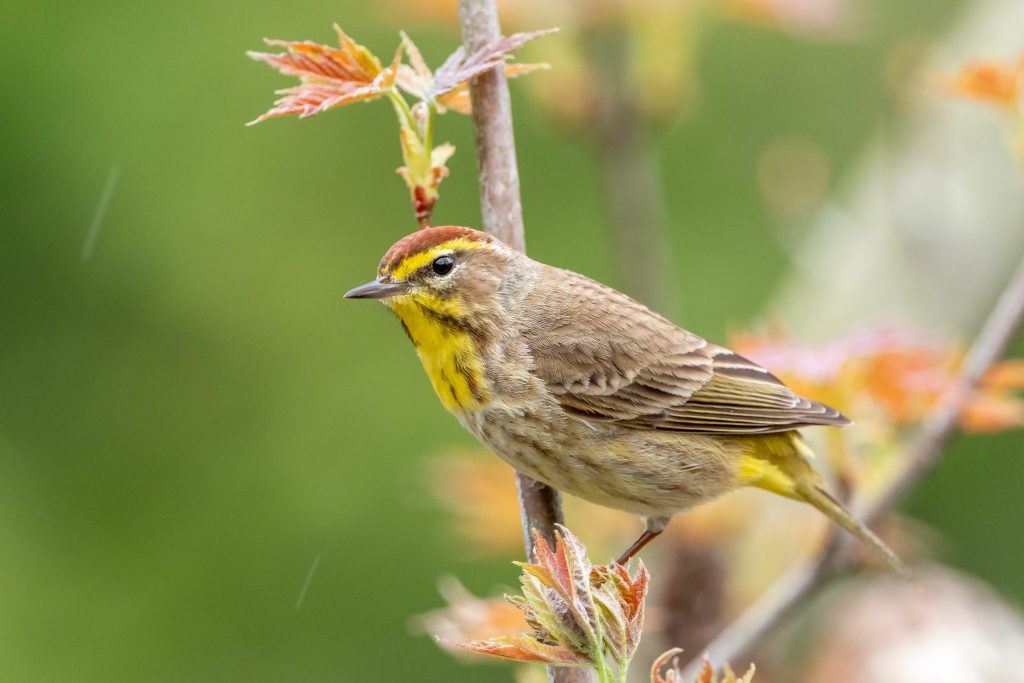
Warbler Species that Do Not Migrate in Winter
Some species, such as the Orange-crowned Warblers, are hardy birds that can withstand freezing conditions and even overwinter successfully in some areas of the Northeast.
However, the species of warblers that are the most adaptable, including orange-crowned warblers, can be found further north. They may be slightly more versatile and be able to enrich their diet with nuts or fruit during the winter. Or they may remain in locations that are more clement, such as Southeastern Florida, along the Pacific Coast, or in the western sections of the United States. Warblers that overwinter in these regions are a treat for birdwatchers who know where to search for them because these regions do not often receive significant snow and ice accumulations.
How Do You Get a Warbler into Your Backyard?
You can do several simple things to get winter warblers to come to your backyard if you are fortunate enough to live in an area where they may be observed. These timid birds can be made to feel more at ease and secure if you provide them with suitable shrubs and a naturalized area. Additionally, if you provide a source of clean water, you will be able to attract them with the sounds of splashing water and sparkling stones. The vast majority of warblers will not feed at seed feeders. Nevertheless, they may enjoy a snack of suet or take a few bites of fruit. So, try to use suet feeders or our platform bird feeder in your backyard to attract these birds. The use of pesticides should be kept to a minimum, and seasonal flowers should be planted to increase the number of insects available to feed hungry warblers throughout the year.
When in the Daytime is Warblers Most Active?
Since there are so many insects out and about in the morning, many warblers are active shortly after sunrise to take advantage of the bounty of food. As the length of summer continues and temperatures continue to increase, the noon heat drives insects inside, and birds do so as well.
Conclusion
Most of the warblers migrate towards the south in the winter. Most of these bird species migrate southward throughout the fall and winter months, mainly to South and Central America, Mexico, and the Caribbean. Besides, do bluebirds migrate in the winter? What’s your answer?!
Latest Postes>>
- A Guide to Choosing the Best Bird Feeders for 9 Common Birds
- Ultimate Guide to Choosing the Perfect Bird Feeder for Every Seed Type
- How to Choose the Right Bird Feeder by Features
- Attracting Chickadees with a Birdbath!
- Which Birds Are Attracted to Platform Feeders?
Subscribe for more info>>
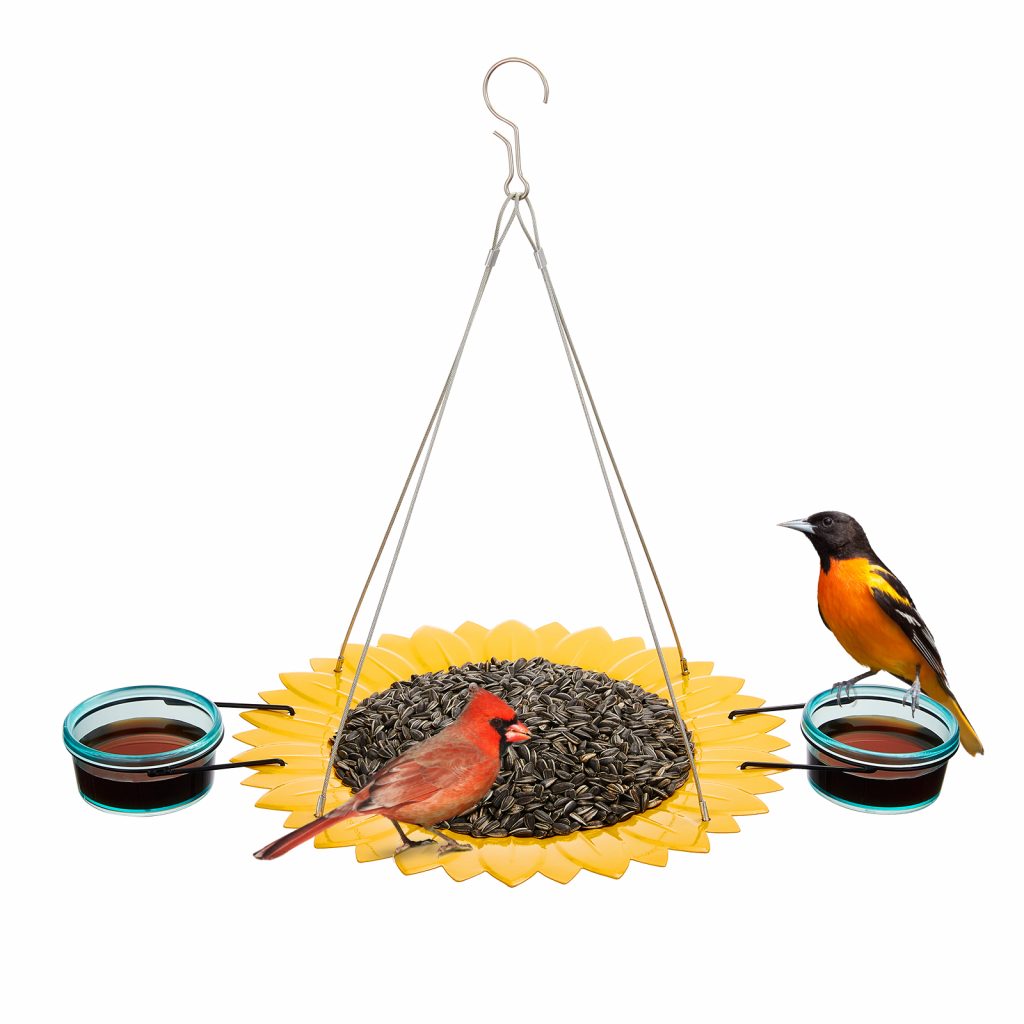

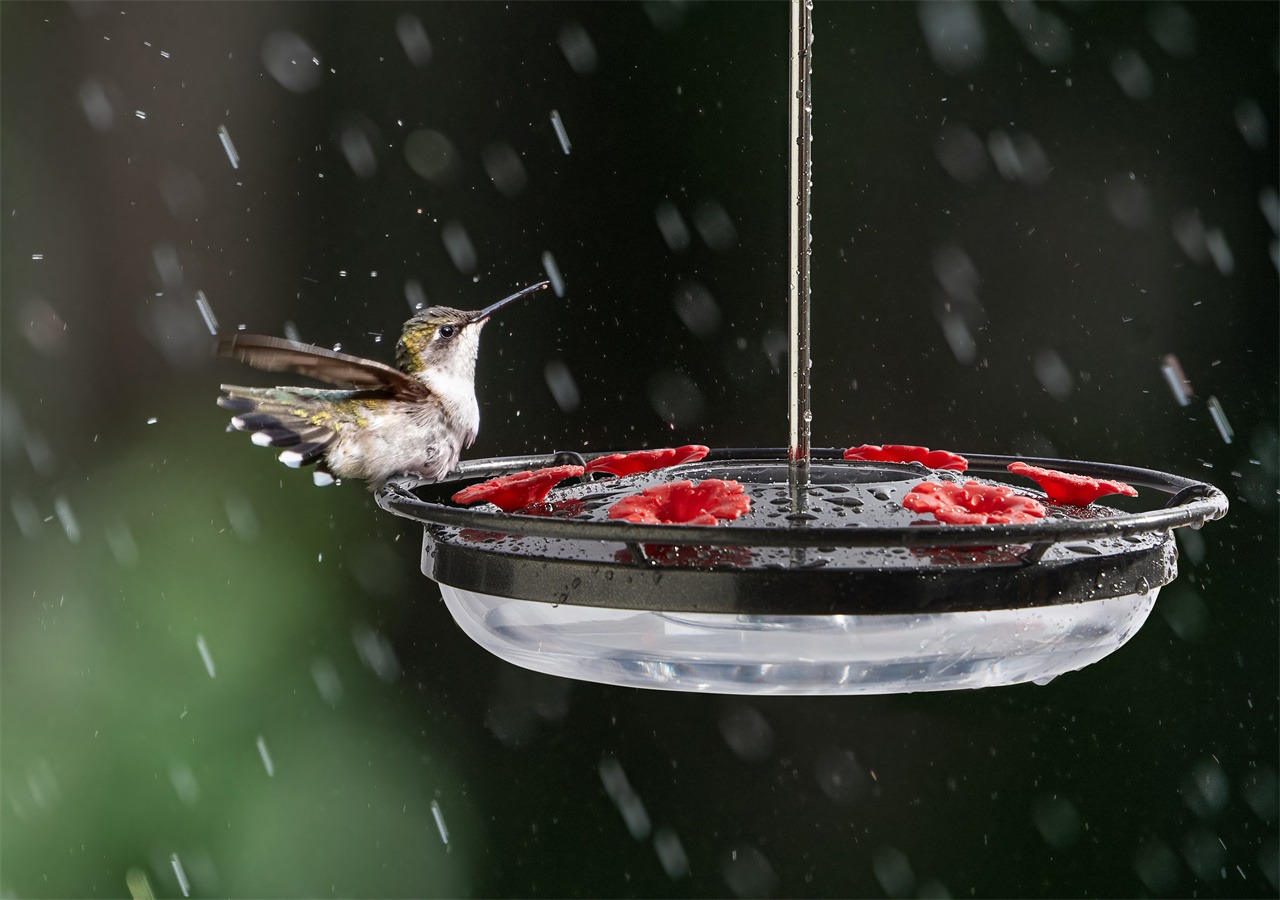
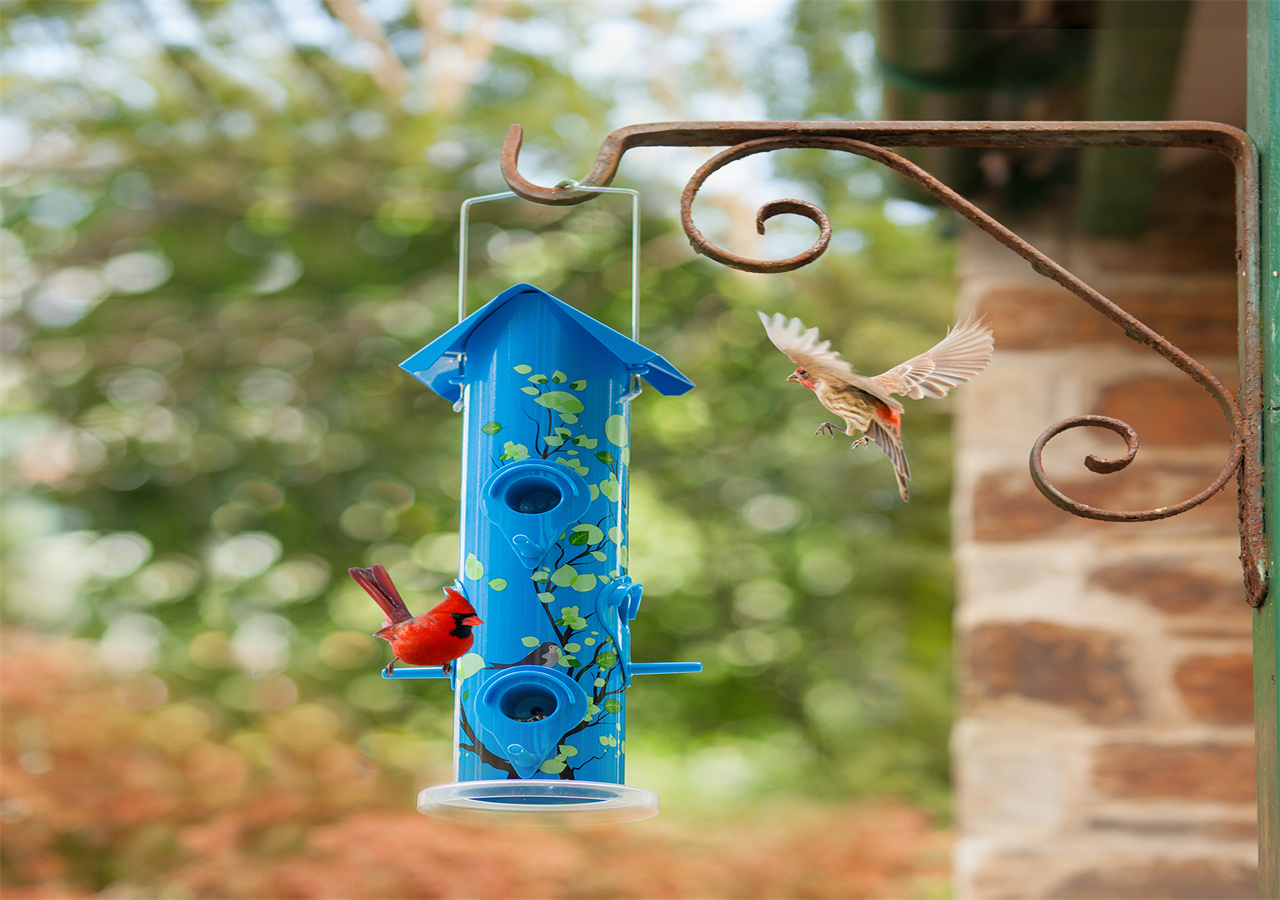

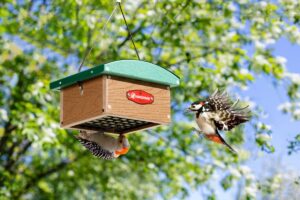
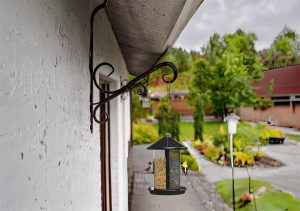


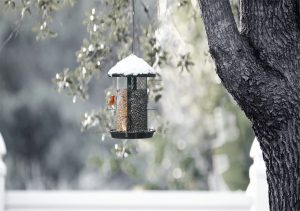
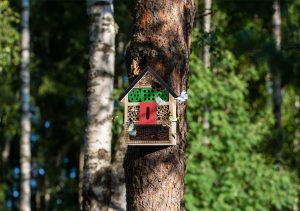
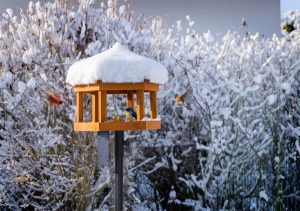
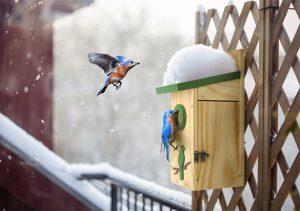
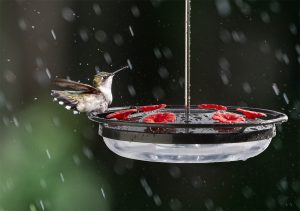
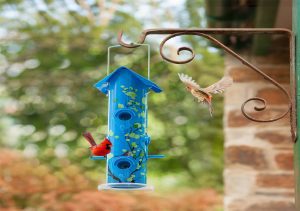
Post Comment